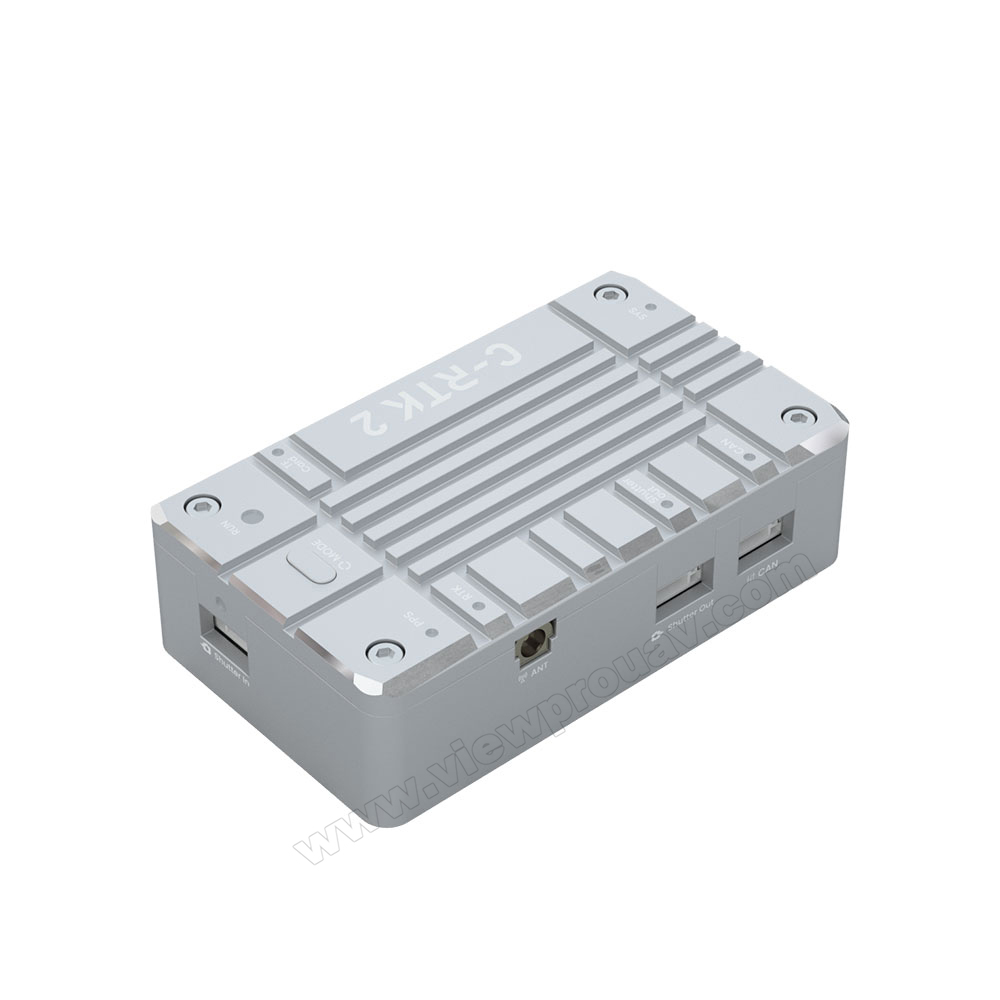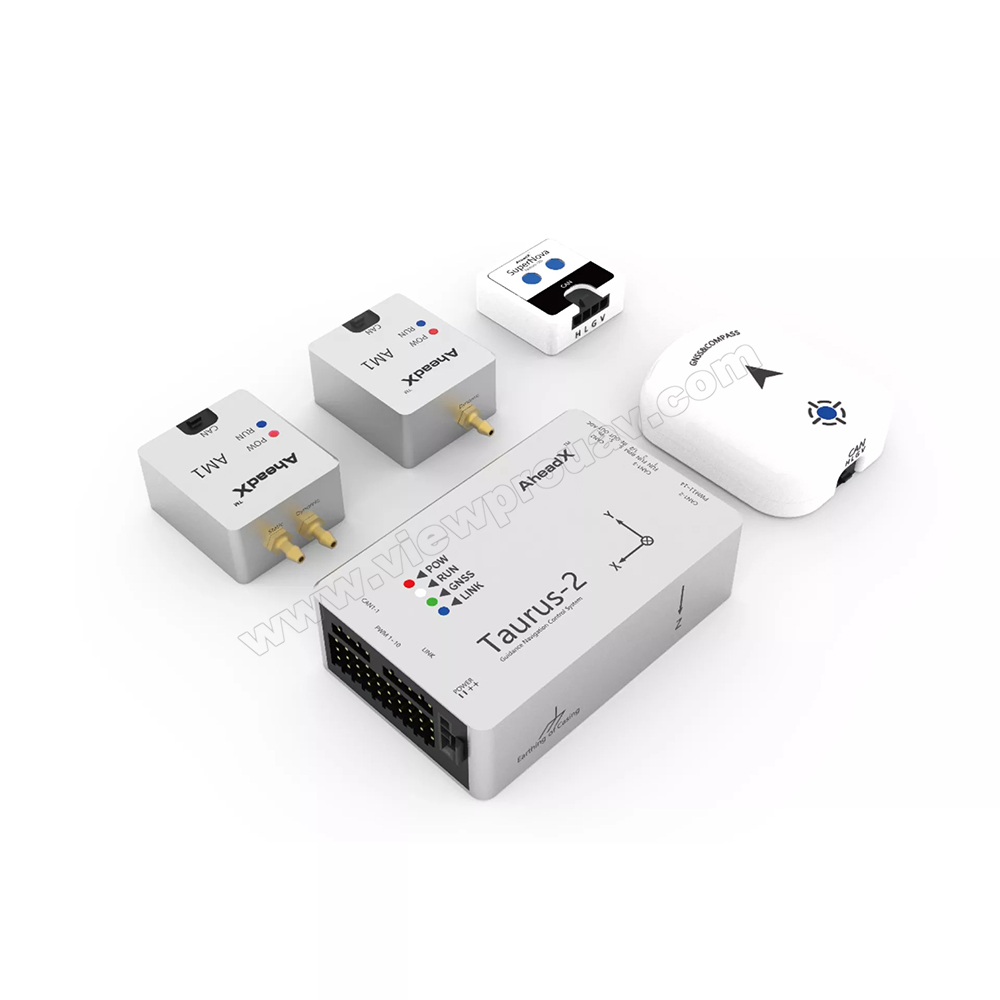SparkNavi Drone Flight Controller and GNSS/INS Made in Taiwan: Accuracy Navigation for Drones
SparkNavi Drone Flight Controller and GNSS/INS Made in Taiwan: Accuracy Navigation for Drones
Blog Article
Exploring the Function of Drone Flight Controllers in Enhancing Flight Security and Navigation Performance
The improvement of drone innovation has actually dramatically increased the value of flight controllers, which offer as the brain of these airborne vehicles. By integrating real-time information from an array of sensors, flight controllers improve flight stability and navigating performance, making sure that drones can run efficiently also in complicated atmospheres. This conversation will discover the key parts that add to these improvements, as well as the implications for the future of self-governing trip. What innovations exist in advance that could even more change the capacities of drone flight controllers?

Recognizing Trip Controllers
Flight controllers are essential components in the performance of drones, working as the brains that maintain and take care of trip operations. These sophisticated devices procedure information from different sensors, including accelerometers, gyroscopes, and GPS, to ensure that the drone keeps its designated flight course. The trip controller translates this data and executes commands based upon pre-defined algorithms, making it possible for the drone to react to environmental adjustments, such as wind or obstacles.
The main function of a flight controller is to preserve security throughout flight. It attains this by making real-time modifications to the drone's electric motors and control surfaces, making certain balance and control. Additionally, modern-day flight controllers incorporate sophisticated attributes such as waypoint navigating, enabling automated trip paths and boosted operational performance.
Comprehending the design of flight controllers is crucial for both specialists and enthusiasts. As modern technology developments, trip controllers have actually become a lot more small and qualified, integrating man-made knowledge to adjust and improve decision-making procedures to complicated flight situations.
Trick Elements of Flight Security
Achieving optimum flight security in drones depends on a number of essential elements that operate in performance to make sure controlled and smooth operations. Central to this stability is the trip controller itself, which refines information from numerous sensing units to preserve the wanted trip attitude. This includes accelerometers and gyroscopes that determine motion and orientation, enabling real-time modifications to the drone's setting.
One more essential component is the digital rate controllers (ESCs), which manage the power provided to the electric motors. By carefully adjusting motor speeds in response to flight controller commands, ESCs aid preserve balance and neutralize disruptions triggered by wind or unexpected activities.
In addition, the style of the drone's structure plays an essential function in flight stability. A well-structured framework decreases resonances and boosts the total wind resistant profile, adding to smoother trip features. Ultimately, the assimilation of innovative formulas within the trip controller aids in anticipating changes, making certain a versatile and responsive trip experience.
With each other, these elements develop a natural system that enhances a drone's stability, enabling accurate maneuvering and enhanced performance in different flight problems.
Navigation Effectiveness Strategies
Performance in navigation is important for enhancing drone operations, especially in complex atmospheres. Reliable navigation methods enhance the ability of drones to pass through challenging terrains and stay clear of challenges, therefore enhancing operational effectiveness and security.
One prominent method is the execution of innovative general practitioners and inertial dimension systems (IMUs) that offer accurate area monitoring and positioning data. These innovations allow drones to calculate optimum flight paths in real-time, considering different variables such as wind conditions and potential obstacles.
Another technique includes the usage of algorithms for course preparation and optimization. Formulas such as A * and Dijkstra's algorithm can be deployed to figure out the most effective route while decreasing power intake and trip time. Incorporating maker discovering designs can make it possible for drones to adaptively learn from their environments, enhancing navigation abilities through experience.

Effect On Autonomous Drones
The combination of innovative navigation techniques has exceptionally transformed the capabilities of independent drones, enabling them to operate with greater freedom and precision. SparkNavi drone flight controller and GNSS/INS made in taiwan. These improvements are mainly attributed to innovative flight controllers that utilize real-time information processing and sensing unit fusion, allowing drones to browse complicated environments flawlessly
The influence on self-governing drones expands beyond plain navigation; it incorporates enhanced barrier avoidance, improved stability during dynamic conditions, and raised objective integrity. By leveraging algorithms that integrate artificial intelligence and artificial knowledge, drones can adjust to transforming conditions, making notified decisions that maximize their flight paths while minimizing dangers.
Furthermore, address the application of robust flight controllers click here for more info has actually helped with the implementation of intricate jobs, such as airborne inspections, delivery services, and agricultural surveillance, with minimal human treatment. This ability not only streamlines operations but also reduces human mistake, thereby boosting total safety and security.
As an outcome, the functional extent of independent drones has actually increased significantly, making them essential devices in different sectors. Their ability to carry out effectively in diverse situations underscores the critical function that progressed flight controllers play in shaping the future of unmanned aerial systems.
Future Fads in Flight Control
Frequently, developments in flight control modern technology are poised to redefine the landscape of drone procedures in the coming years. Emerging patterns indicate a significant shift towards improved artificial intelligence (AI) integration, making it possible for trip controllers to process real-time data more successfully. This evolution will certainly assist in improved decision-making capabilities, permitting drones to adjust to dynamic environmental problems autonomously.
In addition, the application of equipment knowing formulas is expected to enhance predictive maintenance, therefore decreasing downtime and prolonging the lifecycle of drone parts. This proactive method to upkeep will certainly be important as drone applications click this link broaden throughout numerous sectors, from agriculture to logistics.

.jpg)
Lastly, improvements in protected communication procedures will certainly deal with security and regulative problems, guaranteeing that drones can run seamlessly in busy airspaces (SparkNavi drone flight controller and GNSS/INS made in taiwan). Collectively, these trends direct towards a future where flight control systems are not just smarter and extra additionally capable yet efficient of operating securely in a significantly incorporated airspace
Verdict
Finally, drone flight controllers are integral to enhancing trip security and navigation effectiveness via the innovative handling of sensing unit data. By preserving ideal trip perspectives and using advanced formulas for path optimization and obstacle avoidance, these controllers significantly add to the freedom and operational safety of drones. As modern technology remains to develop, additionally advancements in flight control systems are anticipated, promising enhanced performance and broadened capacities in the realm of unmanned airborne lorries.
By incorporating real-time data from a range of sensors, flight controllers boost flight stability and navigating effectiveness, making certain that drones can run efficiently even in intricate environments.Flight controllers are indispensable parts in the performance of drones, serving as the brains that support and manage trip procedures. Furthermore, modern-day trip controllers include sophisticated features such as waypoint navigation, allowing for automated trip paths and boosted functional performance.
Central to this security is the flight controller itself, which refines data from various sensors to keep the preferred trip perspective.In verdict, drone trip controllers are essential to boosting flight security and navigation efficiency with the advanced handling of sensor data.
Report this page